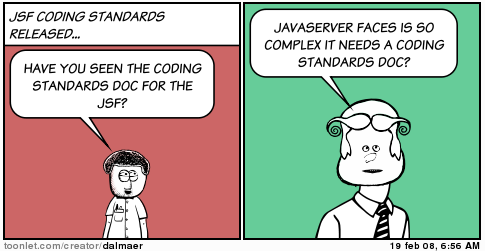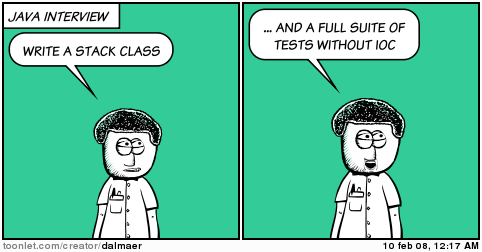Swing is still drowning, and how it will be hard to get some air

I have had several people comment on my view of Swing, where I claim it is drowning. Now some news is out in the public, I thought I would give more detail to my post.
Chet Haase came out telling people that he is now going to be creating Filthy Rich applications with Flex. His blog will be very interesting for Java developers who are interested in the switch as he himself learns the nuances of Flex, after many years in the land of Swing.
The core problem is that Swing hasn’t been updated much over recent years, especially in the area of productivity. Other companies are pushing the industry on giving you the appropriate tools for developing great user experiences, on their own platforms, and on the Web. This has never been a big push for the higher ups of Swing. Animations and flashy graphics have been relatively hard, even with some great work from the people within Swing.
So, Swing has been crawling along, and other platforms have been moving a lot faster in ways that matter. You could argue that JavaFX is a way to approach these issues, but is it too late? Also, people still equate JavaFX to JavaFX Script, and ignore the fact that you can do a lot of good graphics work in plain old Java.
If you keep going higher, you see that Sun is a hardware company that sells servers. They may have recently renamed the stock ticker to JAVA, but that doesn’t mean that they understand software. Within software itself, Sun hasn’t proven to do a great job on the client. Java on the client is a second class citizen.
Compare this to the competition. Chet moved to Adobe, and I am at their Adobe Engage event as we speak discussing their new Air 1.0 / Flex 3.0 launch.
- Adobe develops platforms: PDF, Flash, Air
- Adobe develops client software: Photoshop, Acrobat, Thermo, etc.
- Adobe is investing in having its own applications running on its platforms
They are doing this slowly. Photoshop on the Web will probably take a little bit of time, and there is a lot of work thinking about the business models, moving to services vs. shrink-wrap, for example.
Then you take Microsoft, who obviously both build the platform and many applications. Ditto for Apple. Sun is the odd one out here.
Oh, and I haven’t even gotten to the Web platform, and how a huge number of people just want to migrate over there.
The fact that Sun doesn’t developer client software and isn’t investing half as much in Swing as the other platforms are make me conclude that without a huge turn around, Swing is drowning.







